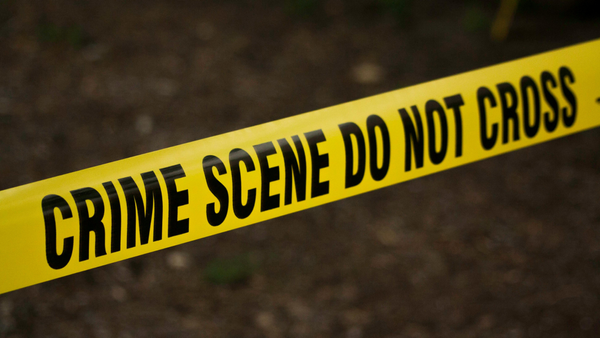Australia's cyclone season begins on Monday and stretches until the end of April.
In a typical year, Australia's Northern region (which includes Darwin and the Gulf of Carpentaria) experiences between two and three cyclones.
This year, Bureau of Meteorology forecasters are predicting a slightly higher chance of more cyclones, which means it's more important than ever to be prepared.
But how exactly do you prepare for the wild weather? What goes in a cyclone kit? And what steps do you need to take to secure your house?
We answer your questions.
What goes in a cyclone kit?
Cyclone kits are to help in case you lose power, water, and communication.
A kit should include enough to support you and everyone you live with for three days.
Make sure you include:
- 10 litres of bottled water for every person
- Non-perishable food (such as tinned beans and biscuits)
- Cooking supplies (including utensils, plates, cooking equipment, a portable cooker, and a can opener)
- Cash and important documents (such as passports and insurance policies)
- A radio that runs on batteries (plus some spare batteries)
- A first-aid kit and spare medicine (plus scripts in a waterproof container)
- A change of clothes for everyone
- Toiletries (including toilet paper, toothbrushes and sunscreen)
- Resealable zip-lock bags
- Spare keys to the house and cars
- Blankets
- Disinfectant, hand sanitiser and face masks
Put your kit in a dry spot that's easy to reach, and make sure everyone in your house knows where it is.
And make sure you check expiry dates and batteries at least once a year.
What about pets?
Make sure you cater for your pets in your cyclone kit. They'll need:
- Enough food for three days
- Bottled water
- Pet medication, medical records, and vet details in a waterproof container
- A sturdy lead
If you plan to hunker down at home during a cyclone, make sure your pets are safe and secure in a room with all the blinds closed. Try to distract them from the noise outside and be cheerful to reassure them there's nothing to worry about.
If you're heading out to a shelter, check that pets are allowed and keep them restrained.
Don't plan leave your pet at home alone. If have no choice, don't tie them up. Make sure they're in a dark, secure room with food, water, and bedding and some soothing sounds on the radio to distract them.
Secure NT has some more pet-friendly tips.
What do I do to prepare my house?
At least once a year, check your home to make sure it won't deteriorate in a cyclone.
- Trim trees and branches so they're not near your house and clear away anything loose in the backyard
- Replace any rotten timber and check for termites
- If you're worried, hire a certified building inspector to check out your home
- Pick a room to shelter in during a cyclone. This room should ideally have solid doors with extra bolts and walls which are reinforced with concrete, and few or no windows
- Build a cyclone shelter or clear out yours if you've been using it for storage
- Cover windows with shutters or plywood
- Upgrade your doors, replacing them with ones that have a solid core and three strong hinges
- If a cyclone warning is issued, you also need to move all your outdoor furniture and plants inside if you can, or tie them down if there isn't enough space inside, and turn off your electrical equipment
Have more questions? Look here.
Why do I need an emergency plan?
An emergency plan includes everything your family needs to know in case there's an emergency.
Everyone in your household should know all the plan's details.
Make sure you discuss:
- Who will pick the kids up from school in case of an emergency
- Where to go if the house is unsafe
- Emergency contact details for friends and neighbours
- How to switch off the gas and electricity
Here's a form you can fill out together.







